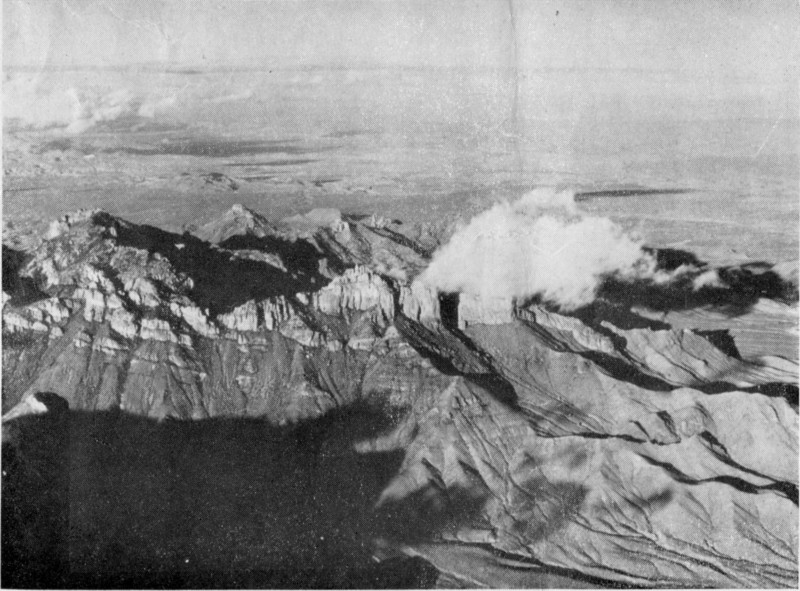
(The cover photograph of this booklet is furnished through thecourtesy of Peter Koch.)
LOST MINE TRAIL
BIG BEND NATIONAL PARK
TEXAS
PRICE 10 CENTS IF YOU TAKE THIS BOOKLET HOME
LEGEND OF THE LOST MINE
Of the many romantic legends which abound throughout the West,few match the Lost Mine story from which the peak takes its name. Is ittrue? Did the mine exist? Or was it a campfire fabrication handed downfrom generation to generation?
Early Spanish explorers of the Southwest, in their fervent search forgold and other riches, discovered and developed many mines, some yieldingsilver and gold. According to legend, a rich ore body was discoveredon the highest point of Lost Mine Peak. Life-term prisoners were forcedto work the mine. These men were blindfolded on several occasions intheir march from the Presidio in San Vicente, Mexico, to prevent themfrom learning its location. The ruins of this presidio may still be observedsome 20 miles southwest of this peak across the Rio Grande in Mexico.
A story relates how the fierce Comanche Indians, who resented theSpaniards’ invasion of their homeland and hunting grounds, attackedand killed them to the last man. The last act, so goes the story, was toseal the mine entrance to prevent further exploitation.
Legend states that if a person stands in the chapel door of San Vicente’sMission on Easter morn, he can watch the sun’s first rays strike Lost MinePeak at the exact mine entrance.

Lost Mine Peak in the Chisos Mountains
(Photo by 111th Photo Sec., Texas Nat’l Guard)
LOST MINE TRAIL
This is your guidebook for using the trail which starts at this registrationdesk. For about one mile of this walk the interesting plants, unusualgeological features and other things of interest are explained. Eachobject of special interest is marked by a numbered stake. Refer to thecorresponding number in this booklet, and you will find the name of theplant or feature and a description. The information recorded here isnecessarily brief, but the rangers will be glad to answer your questions andgive additional information.
1. Evergreen Sumac (Rhus virens). This sumac is commonly foundin Green Gulch and through the Chisos Mountains. It bears attractiveclusters of small white flowers followed by red berries which are seen inthe late autumn and winter.
2. Alligator Juniper (Juniperus deppeana). Observe alligator skin-likebark of the tree which easily identifies this evergreen and gives it itsname. Under favorable conditions the species attains an age in excessof 500 years.
3. Mexican Pinyon (Pinus cembroides), is the only species of pinefound along this trail. Pinyon is the name given by the early Spanishexplorers and was described by Cabeza de Vaca in 1536. The seeds areused by Indians for food and in recent years the nuts of a close relative,Pinus edulis, have become an article of commerce.
4. Gray Oak (Que BU KİTABI OKUMAK İÇİN ÜYE OLUN VEYA GİRİŞ YAPIN!
Sitemize Üyelik ÜCRETSİZDİR!